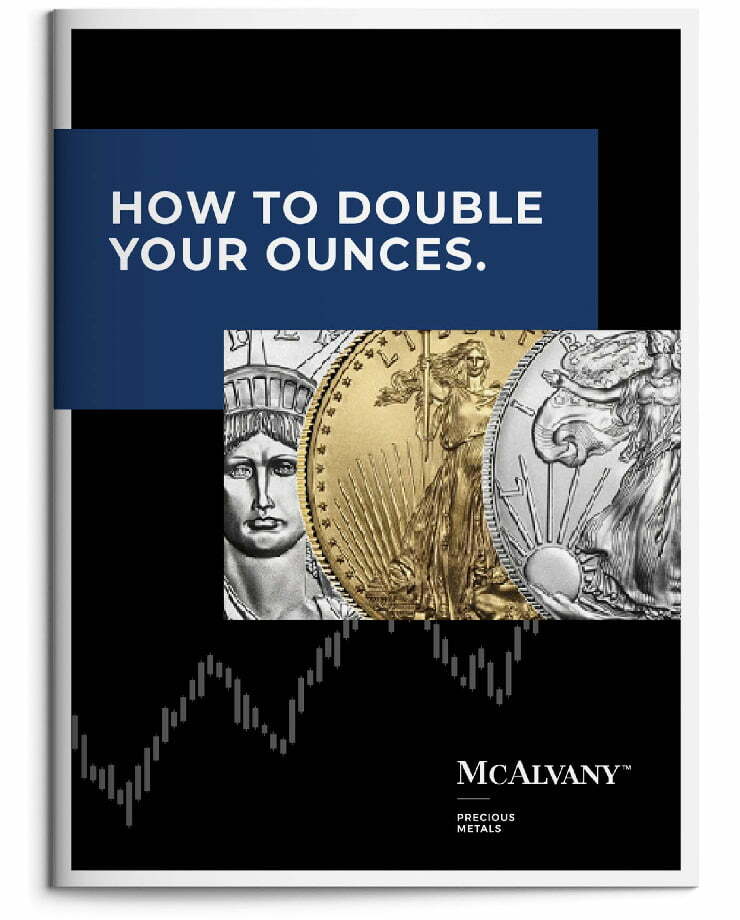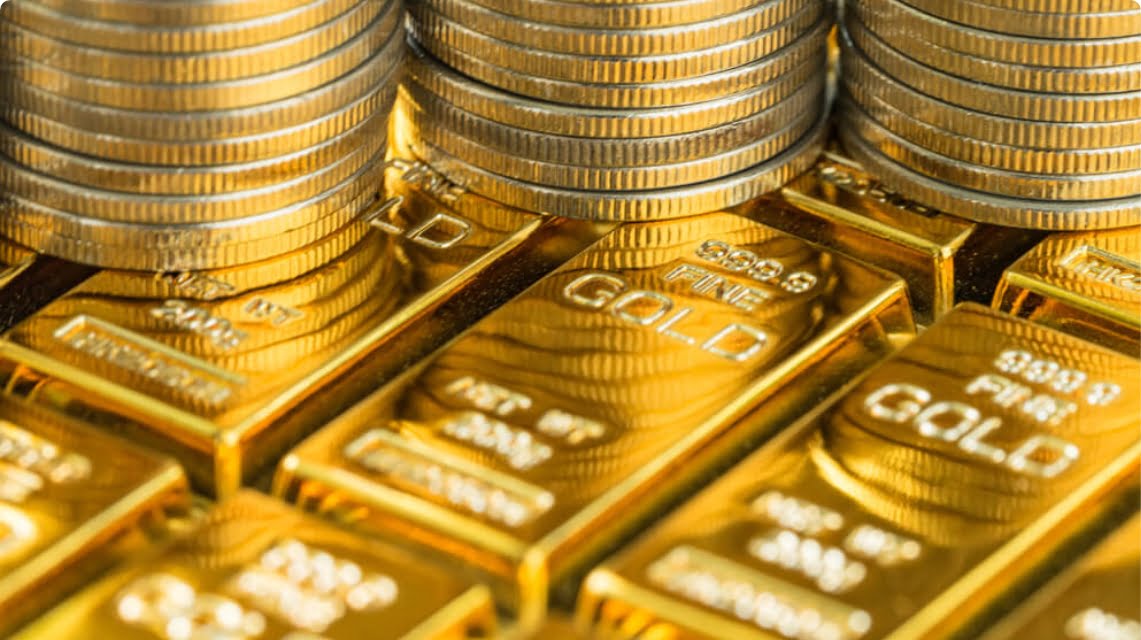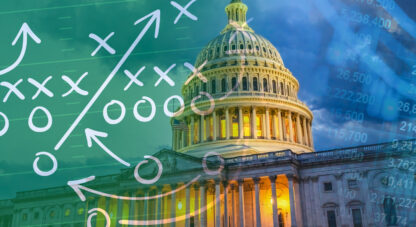The Flight to Quality Asset
The big news this week was unquestionably the Israeli military strikes against Iran. Unlike the previous military exchanges between these two powers in 2024 that were limited in scope and aimed largely at deterrence and de-escalation, these attacks were directed against Iranian nuclear facilities, missile sites, and senior personnel. In other words, this latest round of Israeli strikes was aggressive and preemptive. It represents a marked escalation in the ongoing conflict raging between the two Middle Eastern powers.
Israeli prime minister Benjamin Netanyahu promised that the attacks would continue in an attempt to disrupt Iran’s nuclear program and prevent Iran from developing deployable nuclear weapons. Ultimately, unlike the 2024 hostilities, these attacks were not just to send a message. They were intended to materially degrade Iran’s nuclear program in the opening shots of what may well prove to be a new and extended military campaign.
In HAI‘s view, the most direct market-related ramifications stemming from this week’s escalating violence is that any consideration for a sustained sub-$60 per barrel oil price should probably be shelved for the remainder of the year. We may well have just established a mid-$60s floor on the oil price, and that could certainly prove impactful for driving higher inflation, higher U.S. Treasury yields, and, by extension, more market volatility, perhaps more impactful policymaker intervention, and likely higher gold prices.
The stakes are high. If a potential rebound in inflation and a move higher in bond yields leads to a U.S. recession or any significant bout of stagflation this year, it will greatly intensify asset allocators’ anxiety about their long-held overweight positions in U.S. assets. Market analysts may start to question the dramatic premium valuations on U.S. equities and the future strength of the dollar. Furthermore, U.S. bond investors may begin to vote more forcefully with their feet on unsustainable U.S. fiscal policy and entrenched inflation rather than just talking about these problems. Again, the stakes right now are high for U.S. assets across the board, and this week’s Middle East escalation (putting a floor on oil prices) seems to significantly accentuate the very real risks to these assets.
Even before this week’s events, Goldman Sachs’ economics team already predicted that new tariffs will increase inflation by the end of this year to about 3.5% in terms of core PCE and from 2.5% to roughly 4% for CPI. To be sure, in HAI‘s view, any increase in energy prices will likely amplify those higher prices and increase the upward pressure on long-term bond yields. That, in turn, risks exacerbating U.S. interest expenses, deficits, and ultimately increases the threat of a terminal debt spiral.
So what will policymakers do? In short, HAI doesn’t know. However, the facts just described would certainly seem to increase the chances that U.S. policymakers will become increasingly activist in their overt and/or covert efforts to enact radical policies to suppress the yield curve and limit interest expenses that would otherwise completely blow out the already delicate U.S. fiscal position.
In other words, as HAI has been discussing for weeks, signs are increasingly pointing toward a classic inflate-the-debt-away policy playbook that may involve higher inflation along with efforts toward yield curve suppression. If so, that’s very likely to drive substantial further outflows from U.S. debt, and an acceleration phase in the ongoing precious metals bull market as previously uninterested Western investors increasingly pivot towards the new inflationary policy playbook—and gold.
For quite some time, HAI has been consistent in highlighting Western investor complacency to the risks facing U.S. debt and financial assets. Significantly, however, this week offered a plethora of evidence that said complacency may be ending.
Last week, HAI highlighted JPMorgan CEO Jamie Dimon stating matter-of-factly in an interview, “You are going to see a crack in the bond market, OK? It is going to happen… And I tell this to my regulators…it’s going to happen, and you’re going to panic…”
This week, Dimon’s theme was picked up and elaborated upon by several Western investing notables. First, hedge fund legend Paul Tudor Jones told Bloomberg on Wednesday that, while recommending gold and other inflation hedges, “The playbook is pretty clear historically. Right now, we’re fiscally constrained. We’re in a debt trap, and you’re going to have to run negative real rates to get out of it. We’re going to have negative real rates, and that’s why you have to think about what is facing our policymakers in this debt trap as you construct your portfolio… particularly now that the roadmap is clear… Again, if I’m a policymaker, I’m going to run really low [negative] real rates, I’m going to have inflation running hot, and I’m going to tax the American consumer [inflation tax] to get out of my debt trap.”
A couple of thoughts: First, HAI would like to urge readers to remember the quote above if you ever happen to see the name Paul Tudor Jones on any U.S. election ballot near you. Second, the inflate-the-debt-away playbook is now “pretty clear” for all Western investors to see. And needless to say, that’s a crucial step-one in any large scale move of Western investors into gold.
The very next day, speaking at the Bloomberg Global Credit Forum on Thursday, the so-called “bond king”—DoubleLine Capital’s Jeffrey Gundlach—spoke of the strange new relationships between assets that are “behaving differently” than they have previously in recent decades. Gundlach said:
“I think what we have is a recognition that the interest expense for the United States is untenable. If we continue running this budget deficit and continue to have sticky interest rates…this problem [debt and long-term U.S. Treasuries] continues to build, and there’s an awareness now that the long-term Treasury bond is not a legitimate flight-to-quality asset… I think the reckoning coming is that we have to somehow figure out how we’re going to deal with $37 trillion [in debt]… There’s going to have to be some creative thinking [by policymakers], and the markets are [now] starting to believe that… We have a tremendous paradigm shift going on where money is not coming into the United States, where the long bond is not a flight-to-quality asset. Gold is suddenly the flight-to-quality asset.”
Then on Friday, following the Israel/Iran news, former PIMCO chief Mohamed El-Erian noted that, “As I’ve been highlighting recently, don’t look to U.S. Treasuries for ‘safe haven’ or ‘flight to quality’ flows. Their yields barely budged after the Israeli attack on Iran. Instead, watch gold and silver. The [safe haven/flight to quality] flows are happening; they’re just not headed to Treasuries as historical experience would suggest.”
When the Western investor wakes up to the new macro reality and turns to gold as the default alternative to U.S. debt, that Western investor, on aggregate, represents an obvious and potentially massive accelerant to the ongoing gold bull market.
Importantly, in HAI‘s view, the recent breakout over $35/oz in silver and the dramatic 2025 outperformance of the gold miners vs. physical gold are both strong indications that Western money is now on the move—and just beginning to find a happy home in the precious metals sector.
With the U.S. fiscal and inflation problems becoming more widely recognized, the policy road map to respond becoming “pretty clear,” and prominent Western investors now openly identifying gold as the standout “flight to quality” asset, HAI is increasingly confident that phase two of our great gold bull market (the Western investor participation phase) is beginning. Like the famed “butterfly effect,” this week’s escalation of conflict in the Middle East may have put a floor on oil, lifted the ceiling on inflation, and accelerated the shift toward gold.
Western investor consensus is beginning to recognize that we’re no longer playing by the old rules. We’re barreling towards a flight to quality, and, as Jeffrey Gundlach said, “gold is suddenly the flight-to-quality asset.”
Weekly performance: The S&P 500 was off by 0.39%. Gold was up 3.63%, silver was up 0.89%, platinum was up 3.10%, and palladium was off 2.66%. The HUI gold miners index was up 3.03%. The IFRA iShares US Infrastructure ETF was down 0.70%. Energy commodities were volatile and mixed on the week. WTI crude oil surged 13.32%, while natural gas dropped by 4.69%. The CRB Commodity Index was up 2.99%. Copper was down 1.51%. The Dow Jones US Specialty Real Estate Investment Trust Index was off 0.53%. The Vanguard Utilities ETF was up 0.43%. The dollar index was down 1.01% to close the week at 98.18. The yield on the 10-yr U.S. Treasury was off 11 bps to close at 4.41%.
Have a wonderful weekend!
Best Regards,
Morgan Lewis
Investment Strategist & Co-Portfolio Manager
MWM LLC















